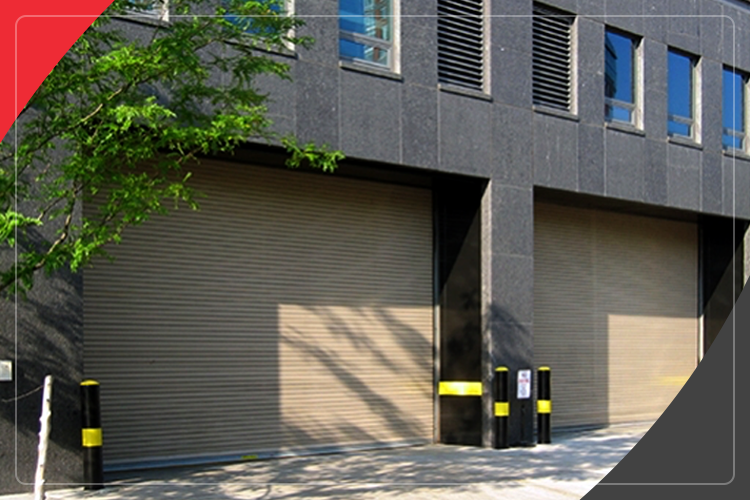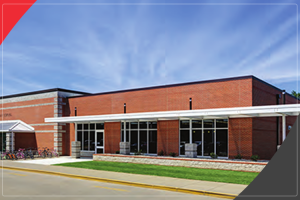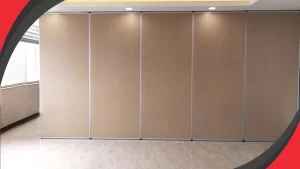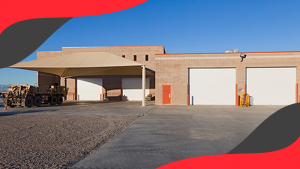
Installing Insulated door systems are finally gaining recognition as more and more people ponder upon the rising concerns of the energy crisis. Everyone is turning towards these systems as it helps in conserving energy while cutting down on the emission levels.
Today, both commercial, as well as residential spaces, are installing insulated doors to save up on their energy expenses. But before you too go ahead and purchase one for yourselves, you need to know some basic information about them. That’s why we decided to write a comprehensive guide on everything you need to know about installing insulated door systems.
Let’s start with the first question that you’ll encounter while installing an insulated door
What’s an R-value?
An average person is often unaware of R-value and its importance while selecting a door. But R-value plays an integral role in determining the quality of insulation in a fire-rated door. R-value helps in establishing the level of “thermal resistance to heat flow” of a product. So, if a door has a high R-value then it means that the door provides great insulation protection.
A perfect example to understand the importance of R-value would be – a person in Saudi Arabia will require doors with higher R-values than a person who lives in a relatively less warm region like India.
Therefore, always make sure to install insulated door systems with an R-value that suits your region’s weather. Also, you can improve the R-value of your fire-rated door by increasing its insulation.
Now that you have a brief idea about R-value, let’s take a look at the two main types of insulations present in the market and analyze their R-values.
What are the main types of insulation present in the market?
Currently, there are two types of insulations that are widely used in the market. The first one is Polystyrene and the second one is Polyurethane.
Polystyrene –
Polystyrene, oftentimes known as styrofoam, is the most commonly used plastic. It finds application in everything from packaging on electronics to coffee cups. When it comes to insulated door systems, polystyrene is generally expanded and molded to fit the front and back door panels. However, a drawback of polystyrene is that it has a low R-value, thus making it a bad option for places with severe climatic conditions.
Polyurethane –
Polyurethane is a blend of multiple chemicals that is more efficient in resisting heat than polystyrene. It’s usually layered with steel and sandwiched between exterior materials like steel or aluminum. This gives it a better R-value and makes it a better fit for places that experience severe heat or cold.
What are the different types of materials used in installing insulated door systems?
Typically, when we imagine a door, the first thing that comes to mind is a wooden door. However, today we have many options to select from than wood. Some of them are:
Steel –
It’s the most renowned door material for commercial properties due to its low maintenance and durable features. Also, steel is easy to install and is available in various designs, thereby making it a better option for insulated door systems.
Glass –
Although glass doors have poor insulating properties. When coupled with the right material they manage to provide effective heat and cold resistance. However, in terms of R-value, a glass fire-rated door would rank below steel and aluminum doors.
Aluminium –
Aluminum doors are highly demanded in hotels and retail stores. It gives out a premium look that bodes well with places that are searching for something modern. However, aluminum doesn’t fare well against steel doors in terms of insulation as it’s less thick than steel.
After successfully learning about the types of insulation and material, it’s time we tell you about the benefits of installing insulated door systems.

What are the benefits of installing insulated door systems?
- Reduces energy costs –
Insulated door systems act as a barrier between your room and the outside environment. Thus, minimizing the fluctuation of the temperature inside your room. This eliminates the need for stabilizing the room temperature by consuming higher energy. In hot countries like Saudi Arabia, these doors could play a crucial role in maintaining indoor temperatures.
- Reduces emissions of pollutants –
As a byproduct of lower energy consumption, installing insulated door systems can contribute to cutting back on emissions of pollutants. This feature is considered very appealing in countries like Saudi Arabia that are pushing for sustainable development.
- Maximizes return on investment (ROI) –
With reduced energy expenses and carbon emissions, these insulated doors manage to pay for themselves in no time.
- Improves the appearance –
Insulated door systems have a variety of design options to choose from. Moreover, the use of exquisite materials like aluminum and wood allows them to give out a premium look. This makes them popular in countries like Saudi Arabia where special emphasis is given on the aesthetics of doors as well.
- Fire Protection –
Installing insulated door systems with high R-value can offer incredible fire resistance. These fire-rated doors are capable of withstanding and containing fire for over thirty minutes. These fire-rated doors are highly demanded in places like Saudi Arabia where the chances of fire accidents are higher.
As you can see, there are a lot of factors and benefits to take into consideration while installing insulated door systems. We hope this guide has helped you in simplifying some of these factors. If you’d like to enquire more about insulated or fire-rated doors in Saudi Arabia then check out our homepage today.





